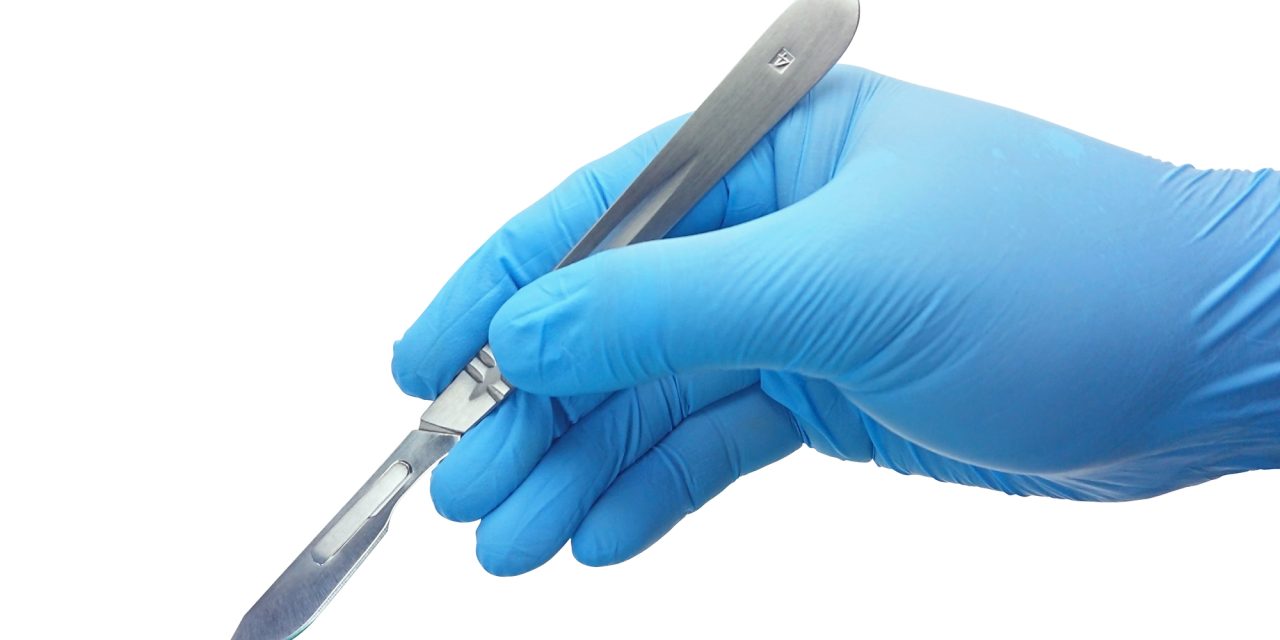Gender-affirmation surgery is a rapidly growing field in plastic surgery, urologic surgery, and gynecologic surgery. These procedures offer significant benefit to patients in reducing gender dysphoria and improving well-being. However, the details of gender-affirmation surgery are less well-known to other surgical subspecialties and other medical subspecialties. The data behind gender-affirmation surgery are comparatively sparse, and due to the recency of the field, large gaps exist in the literature.
PubMed searches were carried out specific to gender-affirming mastectomies, vaginoplasty, vulvaplasty, mastectomy, metoidioplasty, and phalloplasty. Combinations and variants of “gender affirming,” “gender confirming,” “transgender,” and other variants were used to ensure broad capture. Historical articles were also reviewed. The data gathered were collated and summarized.
Gender-affirmation surgery is generally safe. Complication rates for gender-affirming mastectomy and breast augmentation are very low, and complication rates for genital surgeries are also reasonably low. Gender-affirmation surgery decreases rates of gender dysphoria, depression, and suicidality, and significantly improves quality-of-life measures. Data regarding facial gender-affirming surgery are limited. There are very few patient-reported outcome measures specific to gender-affirmation surgery.
Although the data behind male-to-female gender-affirming surgery are more robust, there are significant gaps in the literature with respect to female-to-male surgery, surgical complication rates for genital surgery, facial masculinization and feminization, and patient-reported outcomes. We therefore present recommendations for further study.
Copyright © 2021 Elsevier Inc. All rights reserved.
A review of gender affirmation surgery: What we know, and what we need to know.


